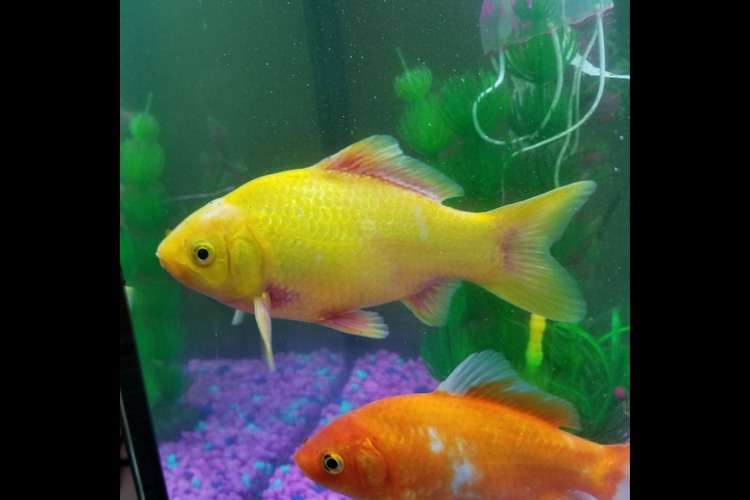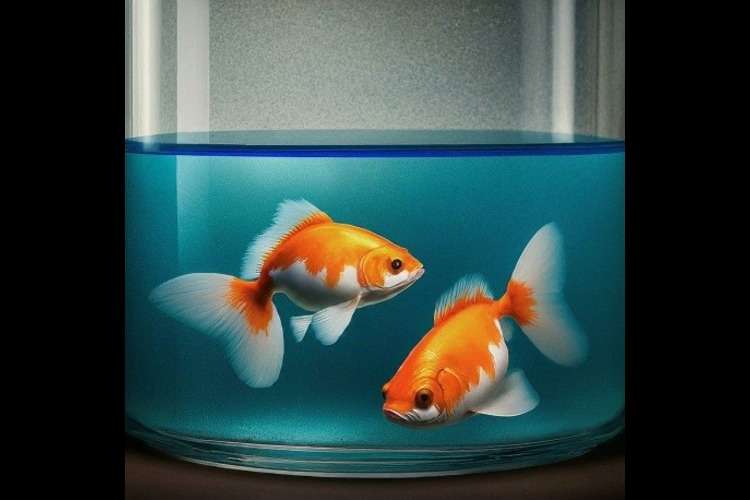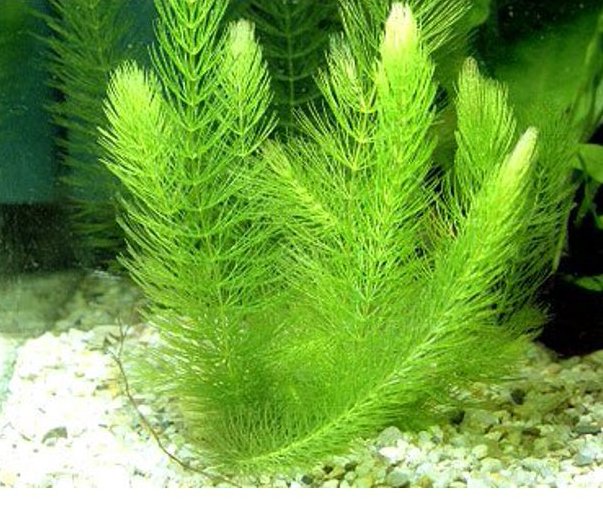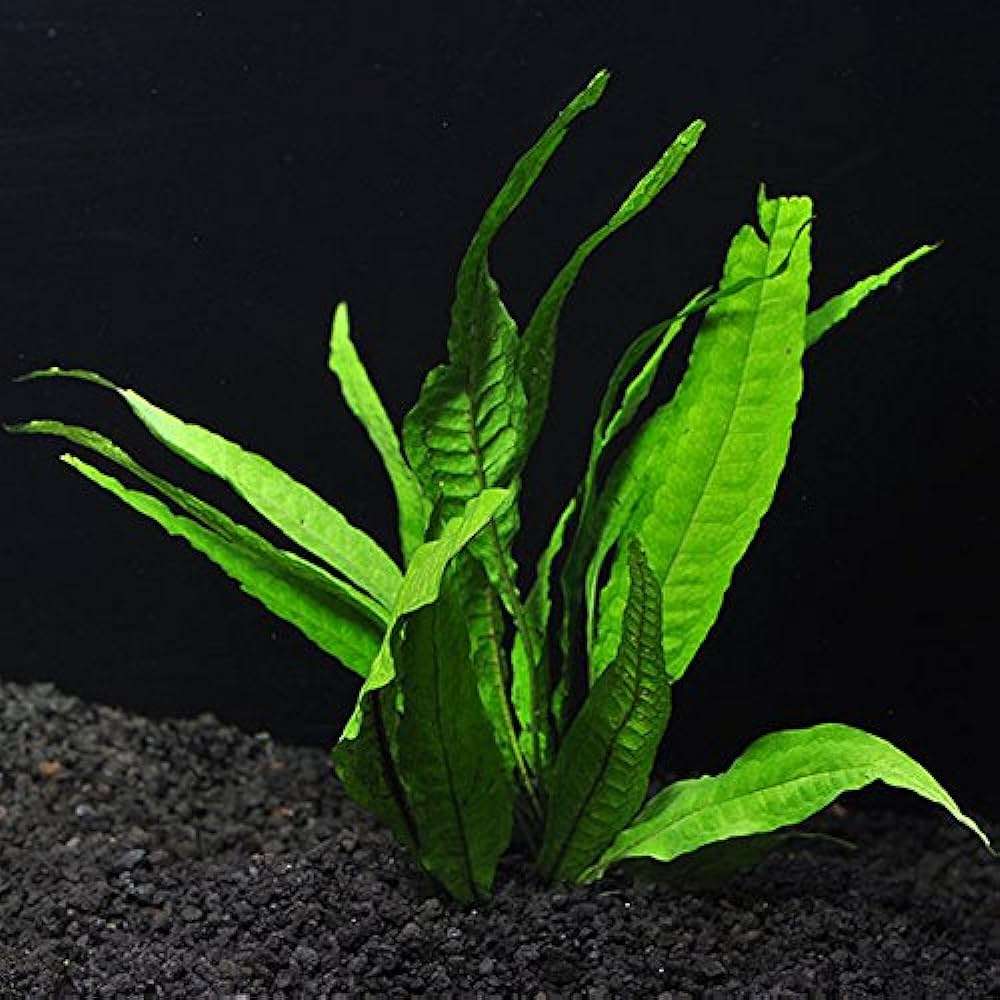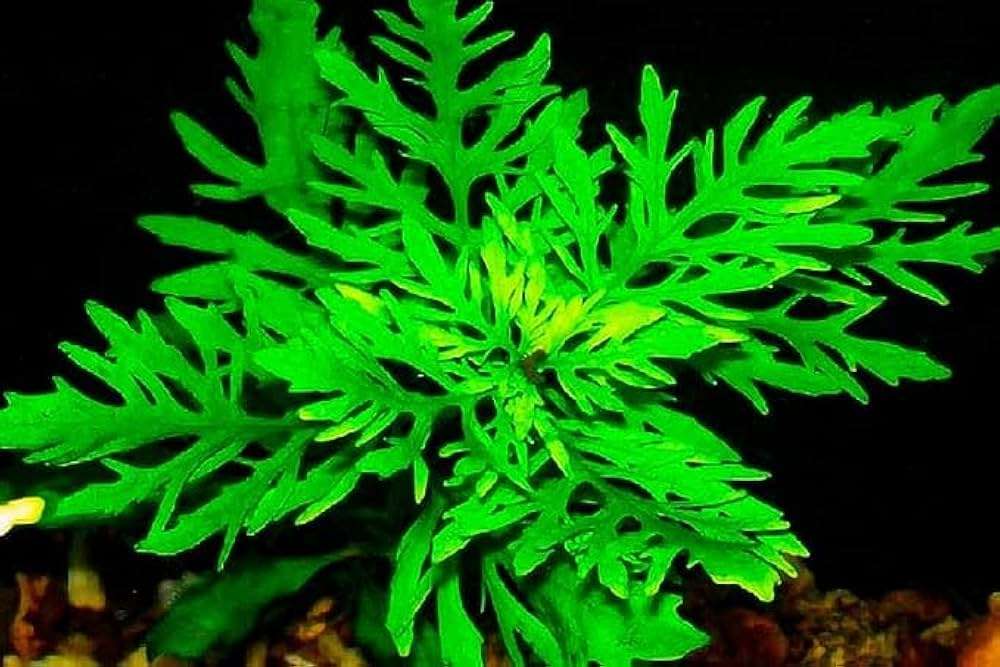Piranha Fish: A Fascinating Addition to Your Aquarium
Explore the fascinating world of piranhas—their care, behavior, diet, and traits. Discover why they’re a stunning choice for large, well-maintained aquariums.
Table of Contents
- Common Name and Scientific Name of Piranha Fish
- Natural Habitat of Piranha Fish
- Care Requirements for Piranhas Fish
- Diet and Feeding of Piranha Fish
- Life Span of Piranha Fish
- Male vs. Female Differences of Piranha Fish
- Breeding Tips For Piranha Fish
- Behavior and Compatibility of Piranha Fish
- Interesting Facts about Piranhas Fish
- Why Piranhas Are Great for Aquariums
- Faq
- Conclusion
One of the most interesting species of freshwater fish to keep in home aquariums is the piranha, which is often shrouded in myths and legends. With their sharp teeth and reputation as predators, these fish are much more fascinating than their aggressive stereotype lets on. Let's explore what makes them unique, how to care for them, and why they might be the perfect fit for your tank.
Common Name and Scientific Name of Piranha Fish
The name "Piranha" comprises several species, but the most common kept in aquariums is the Red-Bellied Piranha (Pygocentrus nattereri). This is prized for its striking appearance and dynamic behaviors.

Natural Habitat of Piranha Fish
Piranhas are native to South America in warm freshwater rivers, streams, and lakes, mostly in the Amazon and Orinoco basins. The waters are warm, slow-moving, with dense thickets of vegetation that provide adequate cover and food sources. These conditions must be reproduced in the aquarium for their proper care.

Care Requirements for Piranhas Fish
Caring for piranhas requires attention to detail. They thrive in aquariums with water temperatures between 75-82°F (24-28°C) and a slightly acidic to neutral pH of 5.5-7.0. A large tank (minimum 60 gallons for a small group) is vital, as they require plenty of swimming space and hiding spots, such as driftwood and aquatic plants.
Piranhas produce a lot of waste, and hence maintaining good quality water is very important through a strong filtration system. Regular water changes and stable conditions are their main stay for keeping them healthy.
Pro Tip: Piranhas are quite sensitive to stress, hence water parameters or temperatures should be brought about gradually without sudden changes.
Diet and Feeding of Piranha Fish
In the wild, piranhas are omnivorous, feeding on fish, insects, fruits, and seeds. In captivity, they should be offered a varied diet that includes:
· High-quality pellet

· Frozen or live foods like shrimp and small fish

· Occasional treats such as fruits or vegetables
· Feed them sparingly to avoid overfeeding, which can lead to water quality issues.
Pro Tip: A varied diet not only ensures better health but also enhances their vibrant colors.
Life Span of Piranha Fish
Proper care for piranhas can keep them alive between 10-15 years in captivity, so they are a long-term commitment for dedicated aquarists.
Male vs. Female Differences of Piranha Fish
Distinguishing between male and female piranhas can be challenging due to their similar appearance. However, there are specific traits that can help you identify them:
Males:
· Generally slimmer and more streamlined in body shape.
· Display brighter and more vibrant coloration, particularly during the breeding season.
· Tend to exhibit more territorial behavior during breeding.

Females:
· Slightly rounder and fuller in appearance, especially when carrying eggs.
· Colors may be less intense compared to males, even during the breeding season.
· May show a calmer demeanor, focusing on nesting or egg-laying activities.

Breeding Tips For Piranha Fish
Captive piranha breeding is difficult. To stimulate the fish to breed, a large soft, slightly acidic water tank should be provided and a flat area for laying eggs. A breeding pair should be fed a diet rich in proteins to condition the fish. When eggs are laid, other fish should be removed from the aquarium to prevent the eggs from being eaten.
Pro Tip: Minimal disturbance during breeding will enhance chances of success.
Behavior and Compatibility of Piranha Fish
Piranhas are social shoalers, but they can become territorial or aggressive under stress. They should be kept in groups of at least five to reduce aggression within the shoal.
When selecting tankmates, avoid small or slow-moving fish that may be preyed upon. Instead, use robust species of similar size, or keep piranhas in a species-only tank.
Interesting Facts about Piranhas Fish
· Piranhas are equipped with powerful jaws and replaceable razor-sharp teeth, perfectly adapted for their scavenger lifestyle.
· Despite their fearsome reputation, they rarely attack large animals unless provoked or extremely hungry.
· These fish play a vital role in scientific research, helping to study predator-prey relationships and ecosystem dynamics.
· In their natural habitats, piranhas contribute to river health by scavenging on dead or weakened animals.
History and Unique Traits of Piranha Fish
There were times when humans feared and revere piranhas. Indigenous peoples used their sharp teeth for different tools, whereas Hollywood movies had exaggerated their vicious nature. It is true, however, that piranhas are amazing fish with complex social behaviors and very adaptable.
Why Piranhas Are Great for Aquariums
Piranhas are a very interesting option for experienced aquarists. Their striking appearance, fascinating behaviors, and unique role in nature make them a standout addition to any large aquarium. While they require careful maintenance and specific conditions, the effort is rewarded with a thriving, mesmerizing centerpiece for your tank.
Pro Tip: For a stress-free environment, provide plenty of space, stable water conditions, and a peaceful setup to observe their natural shoaling behavior.
Faq
1.What species is common in aquariums?
Red-Bellied Piranha (Pygocentrus nattereri).
2.Where are piranhas found naturally?
South American rivers, especially the Amazon and Orinoco basins.
3.What are the care essentials?
Large tank (60+ gallons), 75-82°F water, pH 5.5-7.0, strong filtration, and hiding spots.
4.What do they eat?
Pellets, live/frozen foods, fruits, and vegetables.
5.How long do they live?
10-15 years with proper care.
6.How to differentiate males and females?
Males are slimmer and brighter; females are rounder and calmer.
7.Can they breed in captivity?
Yes, with a protein-rich diet, soft acidic water, and minimal disturbance.
8.Are piranhas aggressive?
Less aggressive in groups but can be territorial under stress.
9.Can they live with other fish?
Only with robust, similarly sized species; best in species-only tanks.
10. What’s unique about them?
Razor-sharp teeth, scavenger role, and rare unprovoked attacks.
11. Why keep piranhas?
Striking looks, fascinating behavior, and long-term commitment.
Conclusion
Piranhas are fascinating and unique fish that, with proper care and attention, can thrive in home aquariums. Their striking appearance, intriguing behavior, and historical significance make them a rewarding choice for experienced aquarists.



